The 1897 Morgan Silver Dollar value ranges from $40-$520 for circulated coins to potentially $180,000+ for pristine uncirculated specimens. Circulated examples with “O” (New Orleans), “S” (San Francisco), or no mint mark are relatively common. However, uncirculated coins are rare and highly valuable: MS-63 grades reach $4,190, while exceptional MS-65 to MS-67 specimens command tens of thousands. Value depends primarily on condition/grade, strike quality, and mint mark. Sharply struck coins with higher grades are significantly rarer and more desirable. While not considered key date coins, specific varieties and errors can further impact value.
The 1897 Morgan silver dollar represents a fascinating intersection of history and numismatic value. While not considered a rare date in the Morgan series, certain mint marks and grade combinations can transform this coin from a $35 piece of silver into a six-figure treasure. With over 6 million coins struck across three facilities that year, understanding the nuances between Philadelphia, New Orleans, and San Francisco issues is essential for collectors and investors seeking maximum value.
Understanding the 1897 Morgan Dollar Production
The United States Mint produced 1897 Morgan silver dollars at three facilities, each with distinct characteristics and survival rates. Philadelphia struck 2,822,731 coins without a mint mark, while New Orleans produced 4,004,000 pieces marked with an “O” below the wreath on the reverse. San Francisco contributed 5,825,000 coins bearing the “S” mint mark in the same location.
Each facility employed different die preparation techniques and striking pressures, resulting in notable quality variations. Philadelphia coins typically exhibit sharper details and better strikes compared to their New Orleans counterparts, which frequently show weakness in the eagle’s breast feathers and Liberty’s hair details. San Francisco strikes fall between these extremes, with generally strong central details but occasional weakness in the outer design elements.
The survival rate for uncirculated specimens varies dramatically by mint. Approximately 5-8% of Philadelphia mintage remains in mint state condition today, while New Orleans coins in uncirculated grades represent less than 2% of original production. San Francisco pieces fall in the middle at roughly 3-4% survival in mint state, making high-grade examples from any facility genuinely scarce.
1897 Morgan Silver Dollar Value by Mint Mark
Philadelphia Issue (No Mint Mark)
The 1897 Philadelphia Morgan dollar serves as the baseline for the series, with values ranging from common circulated examples to exceptional uncirculated pieces.
| Grade | Value Range |
|---|---|
| Good-4 | $35-$38 |
| Fine-12 | $40-$42 |
| Extremely Fine-40 | $44-$48 |
| About Uncirculated-50 | $52-$58 |
| MS-60 | $68-$75 |
| MS-63 | $85-$95 |
| MS-64 | $145-$175 |
| MS-65 | $425-$550 |
| MS-66 | $1,800-$2,400 |
| MS-67 | $18,000-$28,000 |
Heritage Auctions sold an MS-67 Philadelphia specimen for $26,400 in January 2023, while PCGS records show an MS-68 example realizing $84,000 at auction in 2019. The dramatic price jump between MS-65 and MS-66 reflects the scarcity of well-preserved examples with original mint luster and minimal bag marks.
New Orleans Issue (O Mint Mark)
The 1897-O represents the most condition-sensitive issue of the year, with circulated examples readily available but gem uncirculated coins commanding substantial premiums.
| Grade | Value Range |
|---|---|
| Good-4 | $40-$43 |
| Fine-12 | $44-$47 |
| Extremely Fine-40 | $48-$52 |
| About Uncirculated-50 | $58-$65 |
| MS-60 | $75-$90 |
| MS-61 | $95-$120 |
| MS-62 | $180-$240 |
| MS-63 | $850-$1,200 |
| MS-64 | $3,200-$4,500 |
| MS-65 | $18,000-$26,000 |
| MS-66 | $95,000-$140,000 |
Stack’s Bowers documented a remarkable MS-66+ selling for $138,000 in March 2022, while an MS-67 specimen from the Coronet Collection achieved $348,000 in August 2021. The New Orleans facility’s notoriously weak strikes make sharply detailed examples exceptionally valuable, with strike quality sometimes adding 30-50% to standard price guides.
San Francisco Issue (S Mint Mark)
The 1897-S combines relatively high mintage with moderate survival rates, creating interesting value dynamics across the grading spectrum.
| Grade | Value Range |
|---|---|
| Good-4 | $36-$39 |
| Fine-12 | $42-$45 |
| Extremely Fine-40 | $46-$50 |
| About Uncirculated-50 | $54-$62 |
| MS-60 | $85-$105 |
| MS-63 | $195-$265 |
| MS-64 | $425-$575 |
| MS-65 | $2,400-$3,200 |
| MS-66 | $12,000-$18,000 |
| MS-67 | $65,000-$95,000 |
PCGS CoinFacts reports an MS-67+ graded by CAC (Certified Acceptance Corporation) sold for $90,000 in November 2022. San Francisco pieces with deep mirror prooflike surfaces can command premiums of 150-300% over standard mint state values, with DMPL (Deep Mirror Prooflike) MS-65 examples reaching $8,500-$12,000.
Valuable Errors and Varieties Worth Finding
Doubled Die Obverse Varieties
The 1897 Philadelphia issue includes a notable doubled die variety showing clear doubling in the word “LIBERTY” on the headband and slight doubling in the date digits. This variety, designated as VAM-6A by the VAM (Van Allen-Mallis) attribution system, adds $75-$150 to circulated examples and $300-$800 to uncirculated specimens depending on grade.
An MS-64 example sold through GreatCollections for $1,850 in April 2023, demonstrating strong collector demand. The doubling is most visible under 5x magnification at the top of the “B” and “E” in LIBERTY, where distinct separation appears between the doubled images.
Repunched Mint Mark Errors
Several 1897-O dollars exhibit repunched “O” mint marks, where the mint mark punch was applied multiple times in slightly different positions. The VAM-7 variety shows a bold southward repunching visible to the naked eye, adding $40-$80 in circulated grades and $150-$400 in mint state conditions.
A particularly strong RPM (Repunched Mint Mark) example graded MS-63 realized $1,450 at Heritage Auctions in September 2022. Collectors seeking these varieties should examine the area immediately surrounding the primary “O” for faint remnants of the initial punch.
Die Breaks and Cuds
Major die breaks creating prominent raised areas (cuds) on 1897 Morgan dollars can substantially increase value. A 1897-S with a significant cud at the eagle’s wing sold for $685 in AU-55 condition through Stack’s Bowers in February 2023, representing approximately triple the standard value for that grade.
Die cracks extending from the rim through design elements are more common but less valuable, typically adding $15-$50 depending on prominence and location. The most dramatic examples show complete breaks creating raised rim-to-rim bars across the coin’s surface.
Prooflike and Deep Mirror Prooflike Surfaces
While not technically errors, coins with reflective, mirror-like fields command significant premiums. Prooflike (PL) designation requires distinct reflectivity visible at 6 inches distance, while Deep Mirror Prooflike (DMPL) demands clarity at 12 inches or greater.
1897-O DMPL examples are exceptionally rare, with an MS-64 DMPL specimen achieving $9,600 at auction in December 2022. San Francisco issues with DMPL surfaces in MS-65 grade have reached $14,500, while Philadelphia DMPL coins in MS-66 have sold for $8,200. These designations typically multiply standard values by 3-8 times depending on the specific mint and grade combination.
Grading Factors That Maximize Value
Strike Quality Assessment
Strike strength dramatically affects value, particularly for New Orleans issues. A fully struck 1897-O showing complete detail in the eagle’s breast feathers and Liberty’s hair above the ear can command 40-60% premiums over weakly struck examples in the same grade.
Professional grading services use the “Full Strike” or “FS” designation for exceptionally sharp coins. An 1897-O MS-63 FS sold for $1,680 in May 2023, compared to $950 for a standard MS-63 without strike designation. Collectors should examine the high points of the design: the hair above Liberty’s ear, the cotton bolls and leaves in the wreath, and particularly the eagle’s breast feathers, which should show individual feather definition on well-struck specimens.
Luster Preservation
Original mint luster significantly impacts values in uncirculated grades. Coins with frosty, cartwheel luster command premiums over those with subdued or cleaned surfaces. The difference between an MS-64 with blazing original luster and a dull MS-64 can reach $100-$200 for Philadelphia and San Francisco issues, and $800-$1,500 for New Orleans coins.
Collectors should rotate coins under a single light source to observe the characteristic “cartwheel” effect of rotating bands of light sweeping across the surface. Interrupted or patchy luster often indicates past cleaning or environmental damage, substantially reducing value even if the coin grades well based on surface preservation.
Toning Considerations
Attractive natural toning can enhance values by 20-50% for collector-grade specimens, while unattractive or artificial-looking toning may reduce values by 15-30%. Rainbow-toned 1897 Morgan dollars with vivid peripheral colors transitioning through blues, purples, and golds to golden centers are particularly desirable.
A spectacularly toned 1897 Philadelphia MS-65 with rainbow peripheral toning sold for $875 in January 2023, compared to $450-$550 for typical untoned MS-65 examples. Conversely, coins with dark, mottled, or spotty toning face significant discounts, with spotted MS-63 examples sometimes selling for less than problem-free MS-62 coins.
Authentication and Third-Party Grading
Professional Grading Services
Submitting valuable 1897 Morgan dollars to recognized third-party grading services provides authentication, grade consensus, and protective encapsulation. PCGS (Professional Coin Grading Service) and NGC (Numismatic Guaranty Corporation) are the two most widely accepted services, with their holders generally achieving 5-15% higher prices than identical coins in competing holders.
Grading costs range from $25-$50 for standard service taking 30-45 days, to $75-$150 for express service with 5-10 day turnaround. The investment is worthwhile for any 1897 Morgan dollar expected to grade MS-63 or higher, where the certainty of professional authentication and grading typically increases marketability enough to offset costs.
CAC (Certified Acceptance Corporation) provides an additional quality verification sticker for coins meeting strict standards within their assigned grade. An 1897-S MS-65 with CAC approval sold for $3,400 in March 2023, compared to $2,600 for a non-CAC MS-65, representing a 31% premium for the quality endorsement.
Counterfeit Detection
The 1897 Morgan dollar’s moderate values make it a less common target for counterfeiters than key dates, but fake examples do exist. Genuine coins weigh 26.73 grams with tolerance of ±0.1 grams, measure 38.1mm in diameter, and contain 90% silver producing a distinctive ring when balanced on a fingertip and gently struck.
Common counterfeit indicators include incorrect weight (often 25-27 grams for Chinese-made fakes), mushy design details lacking sharp definition, incorrect edge reeding patterns, and silver content testing below 85%. A precision scale accurate to 0.01 grams provides the first line of defense, with specific gravity testing offering additional confirmation for suspicious pieces.
Strategic Collecting and Investment Approaches
Building a valuable 1897 Morgan dollar collection requires strategic focus based on budget and objectives. Collectors working with limited funds should target AU-50 to MS-62 examples from all three mints, where strong eye appeal can be found for $60-$250 per coin. This approach builds a complete three-piece mint mark set for under $500 while establishing a foundation for future upgrades.
Investors seeking appreciation potential should focus on MS-64 and MS-65 specimens with strong strikes and attractive toning, particularly from the New Orleans facility where gem examples remain genuinely scarce. An investment-grade collection consisting of MS-64 examples from each mint represents approximately $4,500-$6,000 in current market value with historical appreciation averaging 6-9% annually over the past decade.
Advanced collectors pursuing registry sets or exhibition-quality specimens should target MS-66 and finer coins with CAC approval, full strikes, and attractive toning. While requiring substantial investment ($15,000-$150,000 depending on specific combinations), these premium coins have demonstrated the strongest long-term appreciation and liquidity during market downturns.
You may be interested:
- 1859 Indian Head Penny Coin Value Complete Errors List And No Mint Mark Worth Guide For Collectors
- 1911 V Nickel Coin Value Guide Complete Errors List And No Mint Mark Worth Today
- 1902 Dime Coin Value Complete Errors List With O S And No Mint Mark Worth Guide
- 1788 Quarter Coin Value Complete Guide Errors List And D S P Mint Mark Worth Revealed
- 1776 To 1976 Bicentennial Half Dollar Coin Value Complete Errors List And What Your D S And No Mint Mark Coins Are Actually Worth
- 1990 Penny Coin Value Errors List How D S And No Mint Mark Pennies Are Worth Thousands Of Dollars

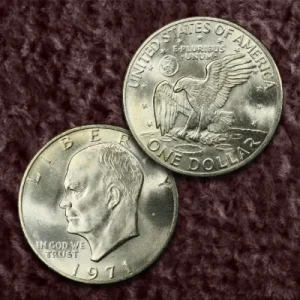
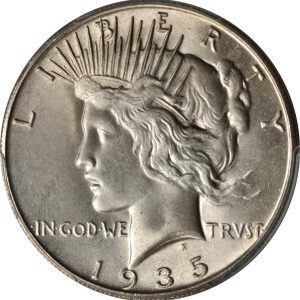
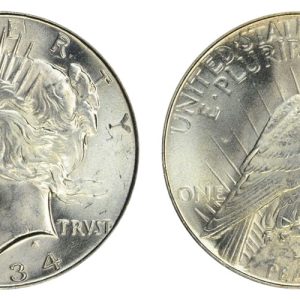
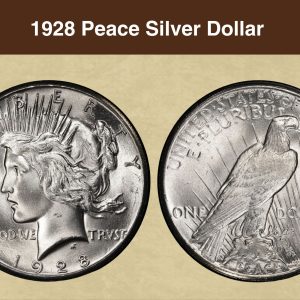
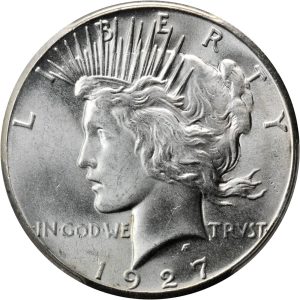
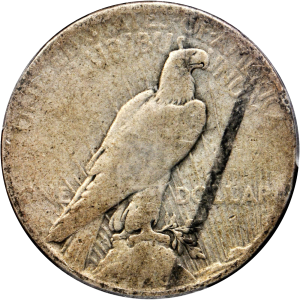
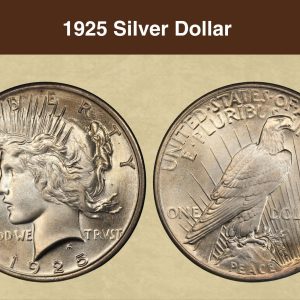
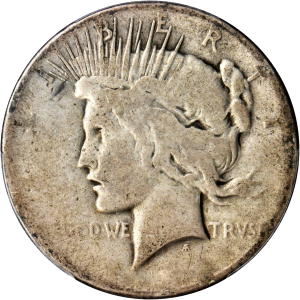
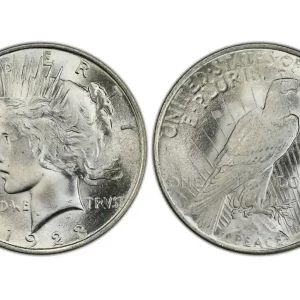
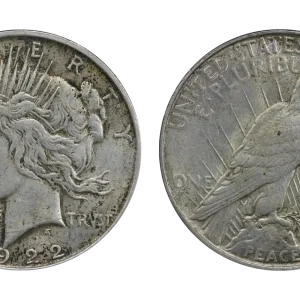
What is a 1897 Morgan Silver Dollar without mint mark?
A Philadelphia Mint Morgan dollar can be determined by looking on the back of the coin below the Eagle… NO mint mark is present above the letters “O” and “L” in the word “Dollar”. This 1897 Philadelphia Mint Morgan dollar is ranked number 39 with a mintage of 2,822,731.
How much is a 1897 O Morgan Silver Dollar worth?
The value of an 1897-O Morgan silver dollar varies significantly, from about $40 to $520 for circulated coins to potentially $180,000 or more for high-grade, uncirculated specimens. The exact price depends on the coin’s condition (grade), strike quality, and any rare features it may have. Circulated coins are relatively common, while those in pristine, uncirculated condition are rare and command higher prices.
What makes a 1897 silver dollar rare?
An 1897 silver dollar isn’t inherently rare; its value depends on its mint mark and condition, with some mints and grades being more valuable than others. The “O” (New Orleans) mint mark from 1897 is less common in uncirculated grades, and proof coins or those with significant mint errors, like doubled stars or lamination, are considered rare and valuable.
What are the rare errors on Morgan Silver Dollars?
Some of the most sought-after VAM varieties include the 1878-P 7/8 Tail Feathers, the 1879-P Reverse of 1878, and the 1887-P Doubled Ear. Clashed Dies : Clashed die errors occur when the obverse and reverse dies strike each other without a planchet in between, leaving impressions from one die on the other.